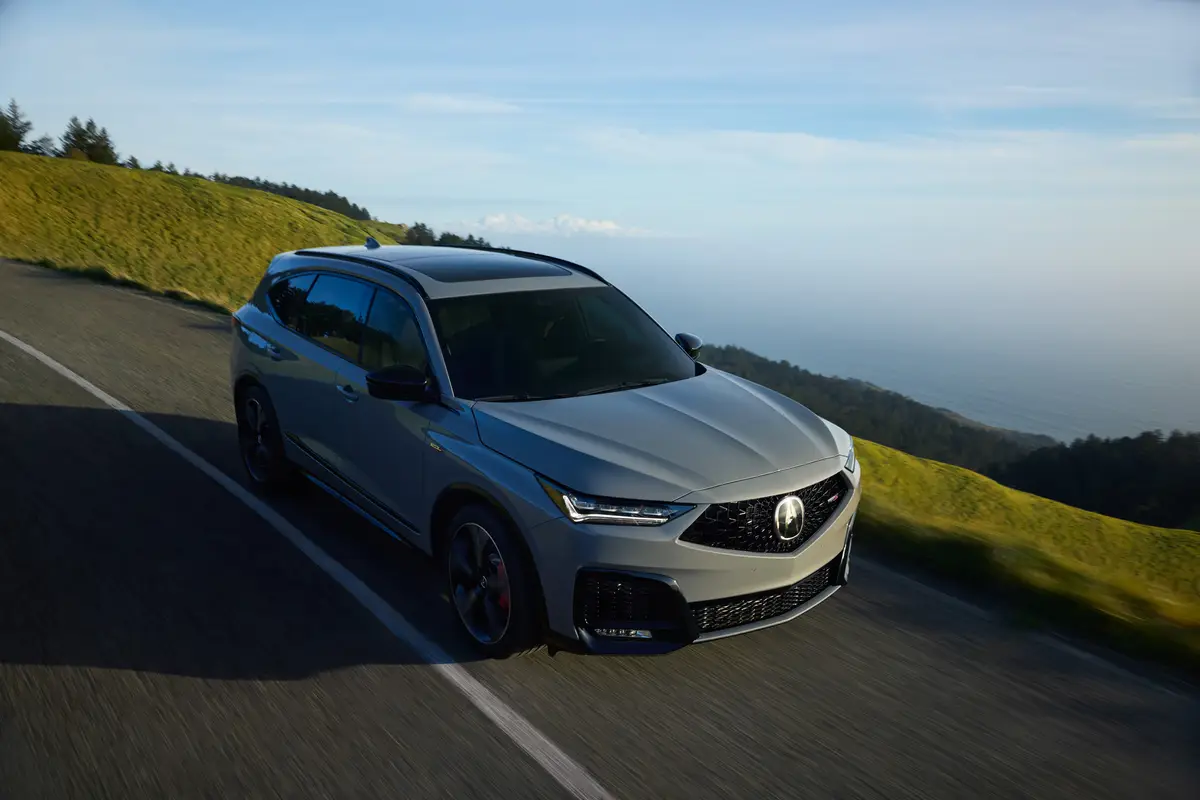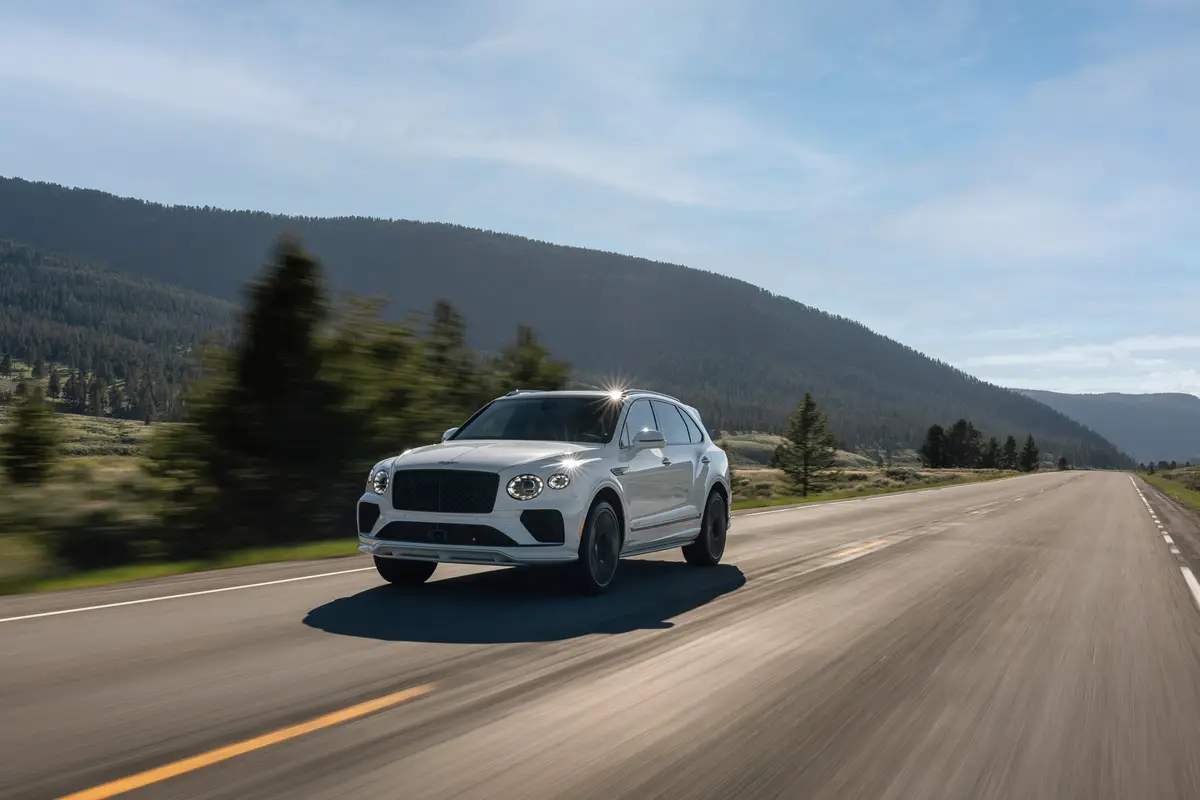The Morning Call and Mcall.com's view
The four-wheel-drive utility vehicle at one time was strictly a work vehicle. But a number of years ago manufacturers began offering more creature comforts and a wider range of convenience and dress-up options as the utility vehicle began to be used more for personal driving than work. This year the Ford Motor Company has taken the concept one step further by offering a ”designer” utility vehicle.
That’s right, a designer truck to go with your designer jeans, designer watch and designer loafers. The whole thing could probably be made into some sort of a joke if the vehicle in question – the Eddie Bauer Bronco II – wasn’t so attractively and tastefully done.
Eddie Bauer, as you may or may not know, is a well known manufacturer of quality outdoor equipment and clothing. Since the Bronco II is a vehicle that lends itself to outdoor use – fishing, hunting, camping or whatever else people do in the great outdoors, it makes sense.
The test vehicle was particularly eye-catching with its midnight metallic blue exterior, desert tan accents and tan interior. The Eddie Bauer signature appeared on the front fenders and instrument panel. The seating had a distinctive trim featuring evergreen trees and a sunrise motif, all in outdoor colors such as burnt sienna, forest green, earth brown and berry red. The upholstery is of a special material described as sueded knit cloth. The seats also feature zippered map pockets in the rear for storage. The overall effect of the vehicle can perhaps best be described as being attractive looking in a rugged way could very well appeal to both men and women.
The main ingredient of the designer vehicle is the Bronco II, a popular compact-sized four-wheeler introduced last March. Obviously, the Bronco II is a smaller version of the full-sized Bronco that has been in the Ford lineup for many a year. The compact four-wheeler, however, has made strong gains in this market for the obvious reason: It’s cheaper to run (though not necessarily cheaper to buy).
The Bronco II has a wheelbase of 94 inches, overall length of 158.4 inches, width of 68 inches, height of 69 inches and curb weight of 3,239 pounds. The test vehicles front seats were spacious and comfortable. Keep in mind, though, the Eddie Bauer model has premium seating. Both seats featured electric lumbar adjustments which means you can have all kinds of back support.
Backseat room was decent. Leg room, of course, depended upon how far the front seats were extended back. Entering and egressing is made easier by the front seats which tilt forward (the entire seat, not just the seatback). The rear seat has a split seatback and one or both sides of the seat can be folded down. With the rear seat in place there is 25.6 cubic feet of cargo capacity. With the seat folded away capacity is increased to 64.9 cubic feet.
The Bronco II has a one-piece liftgate but the test vehicle ha d the optional flip-up window that offered convenient access for loading and unloading. Another window option was a flip-up sunroof which you generally don’t see on a truck. There is also another interesting window option – flip- out-and-remove rear quarter windows. The test vehicle did not have this option but if someone likes to ride in the open air, this is worth looking into.
The test vehicle proved to be easy to drive. The driver sits fairly high (at least higher than drivers in passenger cars) and has a good command of the road. The short wheelbase and overall length make for fast maneuvering which proved to be especially useful since the Bronco II had to be maneuvered sharply to dodge all the pot holes it encountered. The test vehicle had a decent ride or, shall we say, a lot better ride than you would expect from a four-wheeler with such a short wheelbase.
Anyone vaguely familiar with four-wheel-drive shouldn’t have any trouble operating the tran fer case. All you have to do is put it in the driving mode of your choice – two-wheel high, four-wheel high, four-wheel low and, if you don’t feel like going anyplace, neutral. The test vehicle had automatic locking hubs which means you don’t have to do a thing to the front hubs when going into four-wheel drive. With standard hubs, the driver (or if he/she can convince someone else to get out of the vehicle) has to lock the hubs manually.
The suspension system is typically truck which shouldn’t be a surprise. Ford’s Twin-Traction Beam is used up front. This is an independent suspension system that uses steel beams and coil springs. The axle shaft U-joints are lubed-for-life and the camber is adjustable. The rear features leaf springs. Front and rear stabilizer bars are standard. All-in-all, a healthy set-up.
The test vehicle had a 171-cubic-inch V-6 (2.8 liter) and five-speed manual transmission. The engine is standard equipment (it also is the only engine available in the Bronco II) but the five-speed is an option (a four- speed manual is standard and a three-speed automatic also available as an option). The combination proved to be very satisfactory for all Lehigh Valley driving conditions.
The engine produces a lot of power for its size. Horsepower is rated at 115 at 4,600 rpm and torque at 150 foot pounds at 2,600 rpm. Besides driving over the highways and through the brush, this power can also be put to good use in towing. A trailer-towing package is offered that allows the Bronco II to haul boats and trailers weighing up to 4,050 pounds.
The Bronco II averaged 14 miles per gallon for city driving and 25 miles per gallon over the highway. Most of the driving was done in two-wheel mode but there was some four-wheeling mixed in with the mileage testing. With its 23-gallon fuel tank you can drive a long distance between fill-ups.
Base price on the Eddy Bauer model is $12,648.41. In addition to the Eddy Bauer trim and equipment, standard equipment includes top-of-the-line XLT equipment such as cast aluminum wheels, P205 OWL all-terrain tires, gauge package, convenience package, light group, floor console, AM-FM stereo, premium bucket seats with electric lumbar adjustment, tilt steering wheel and power steering and power brakes.
The test vehicle had a bottom line of $14,819.09. Options included air conditioning, $698.70; five-speed transmission, $122; rear tire carrier, $213.49; rear flip-open window, $85.40; automatic hubs, $40; cruise control, $185; flip-open roof, $314.60, and AM-FM stereo with cassette, $100. Destination and delivery charges came to $405. Just for comparison, the base price on the standard Bronco II is $10,446.
Latest news



